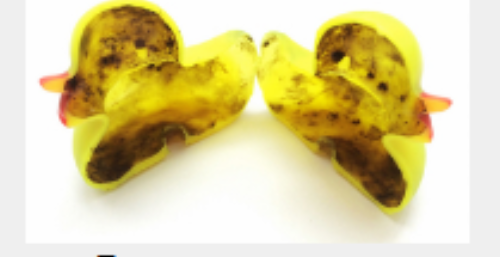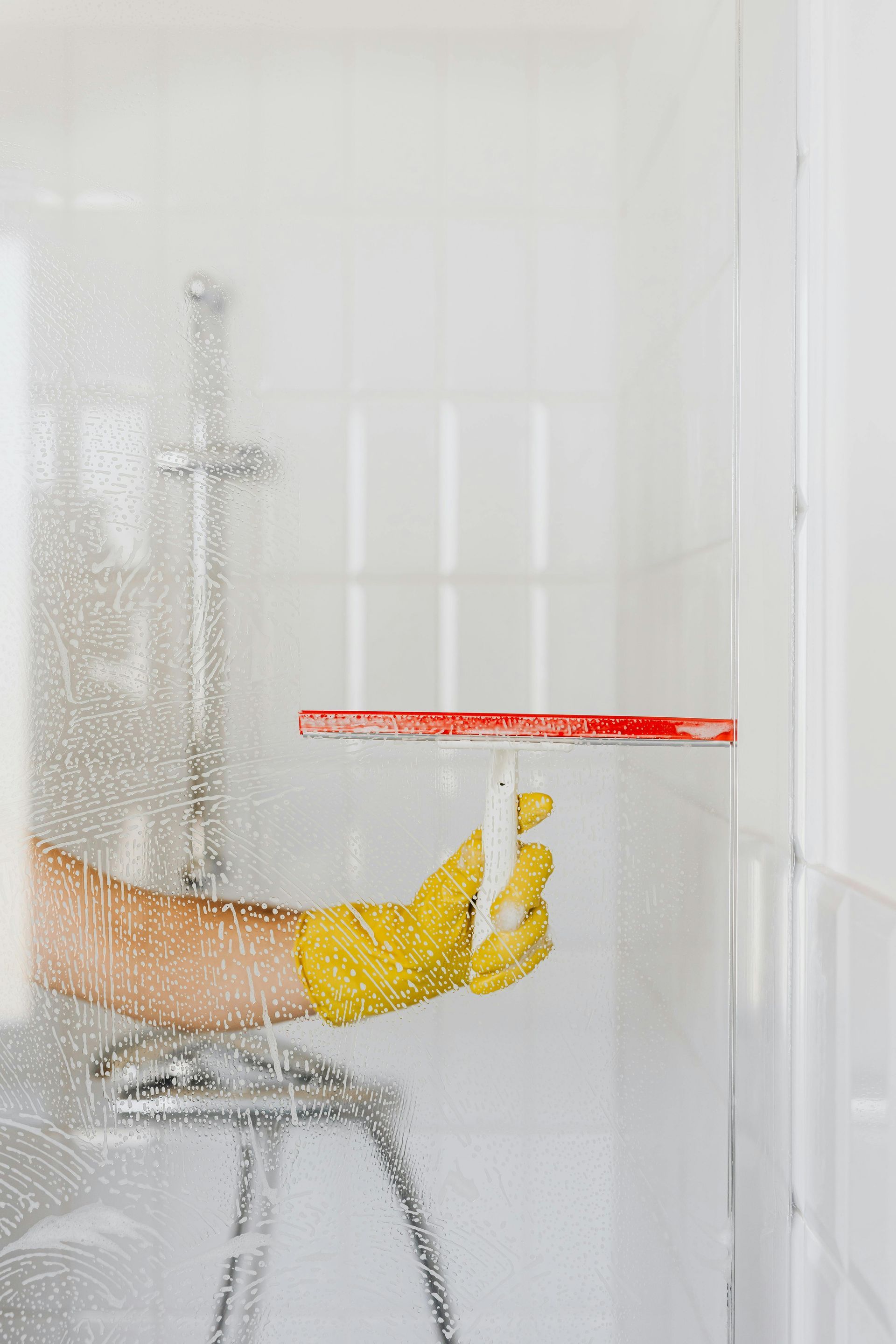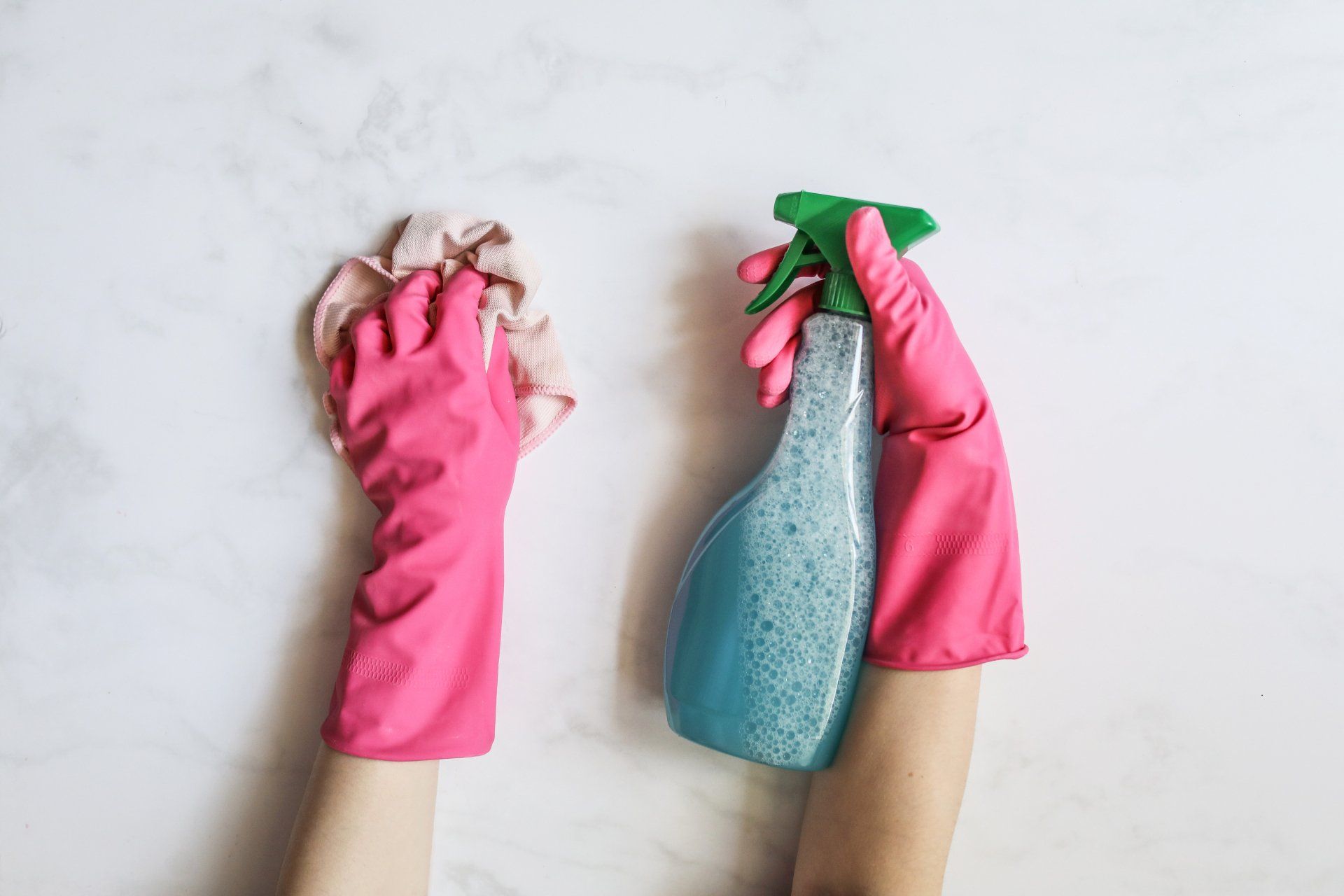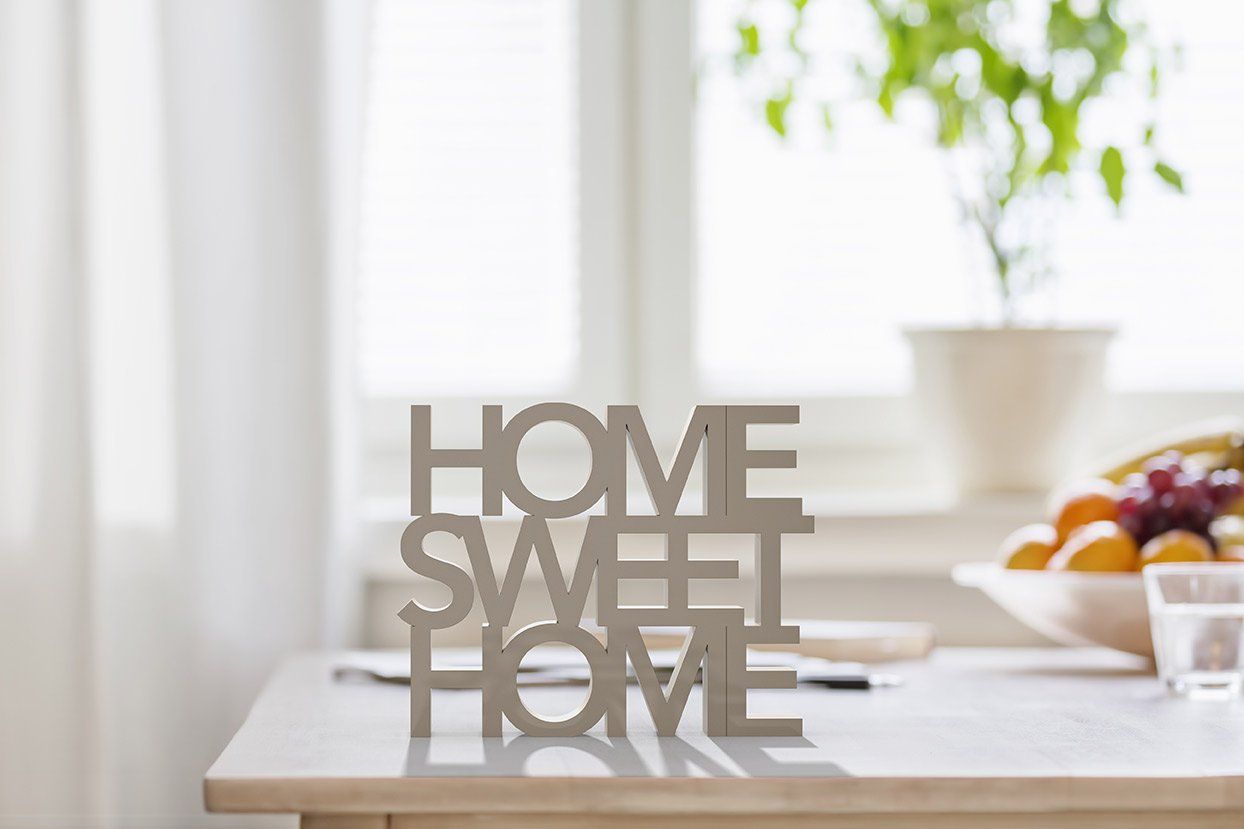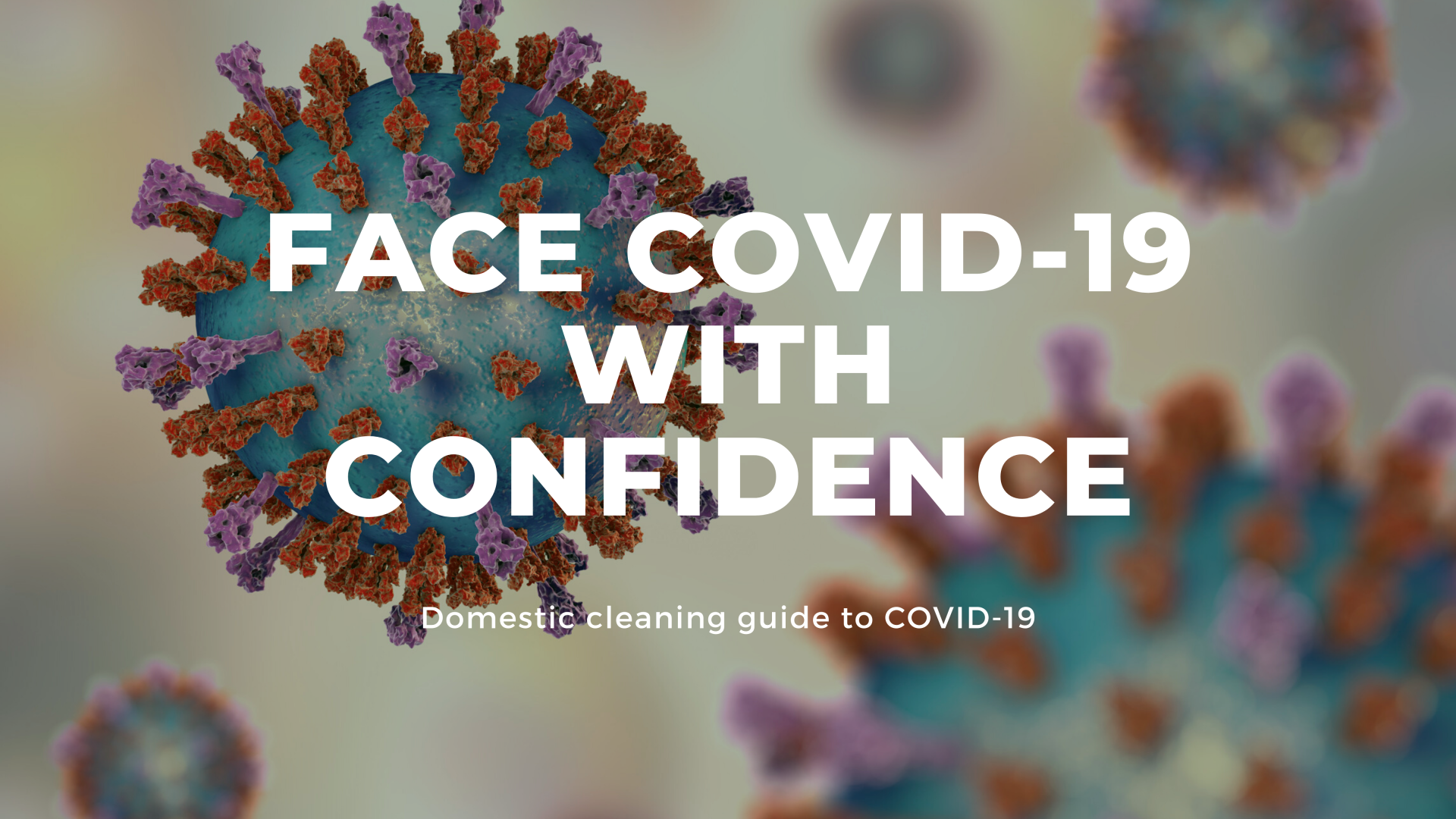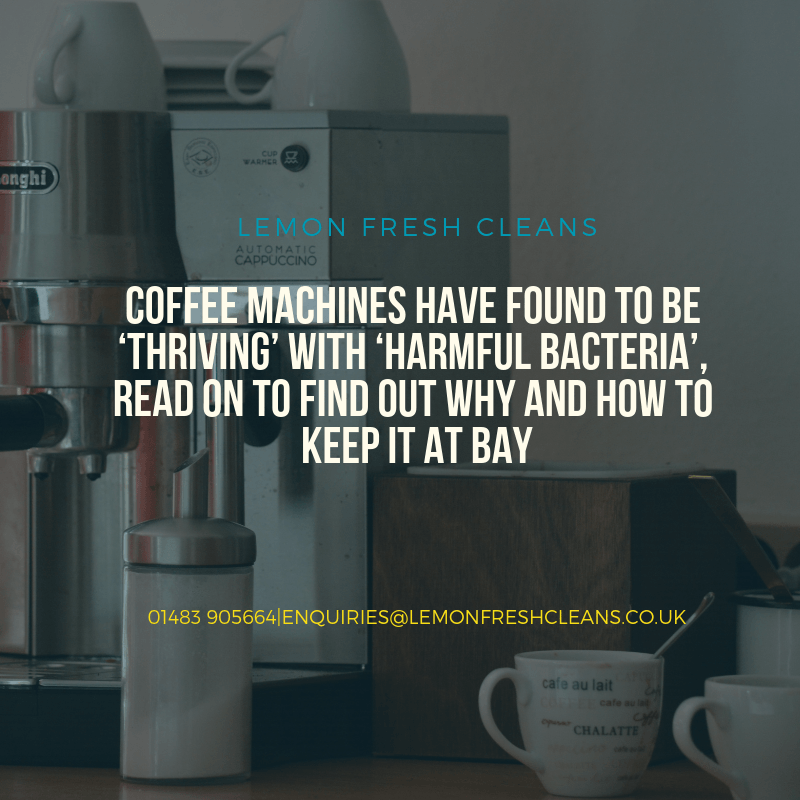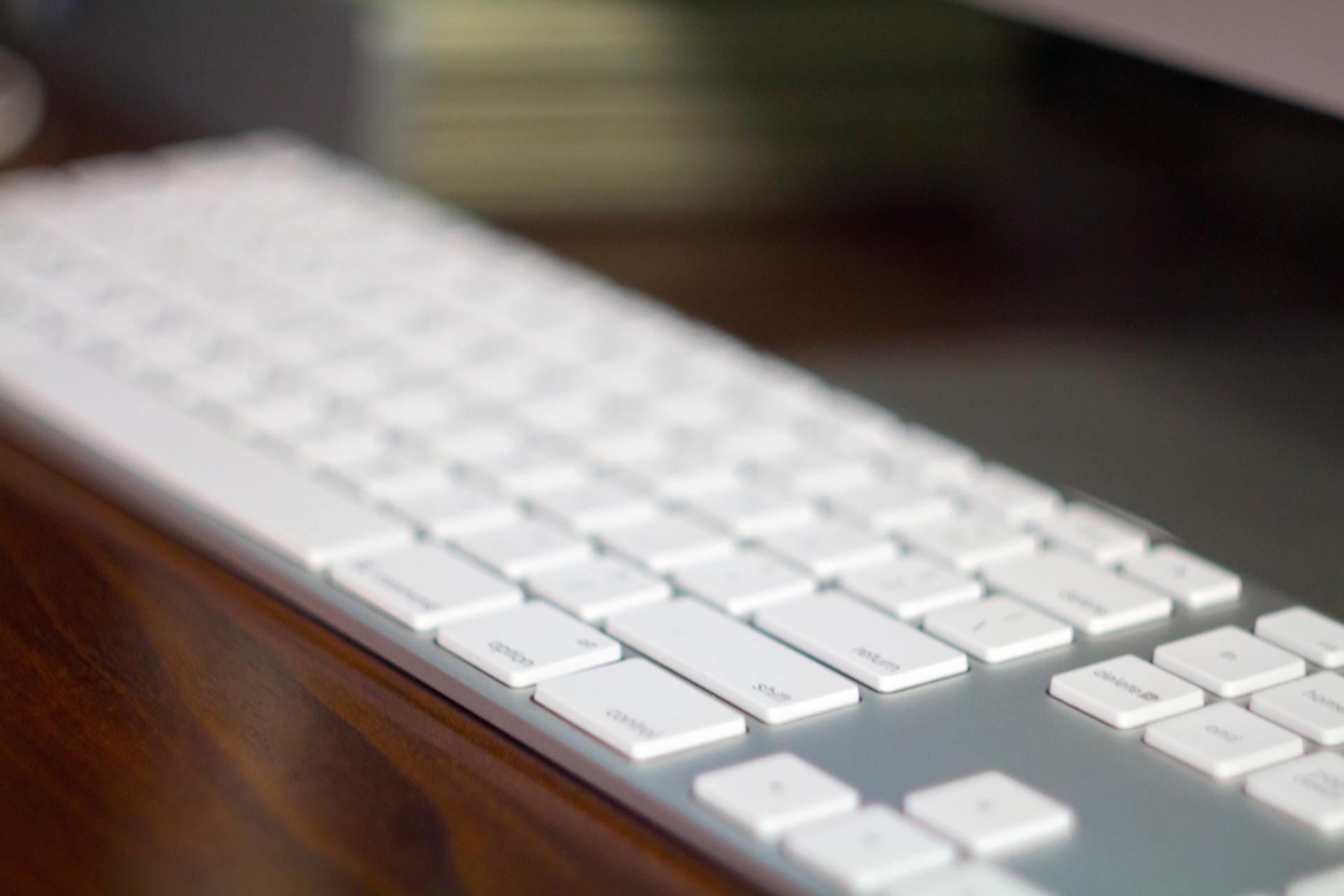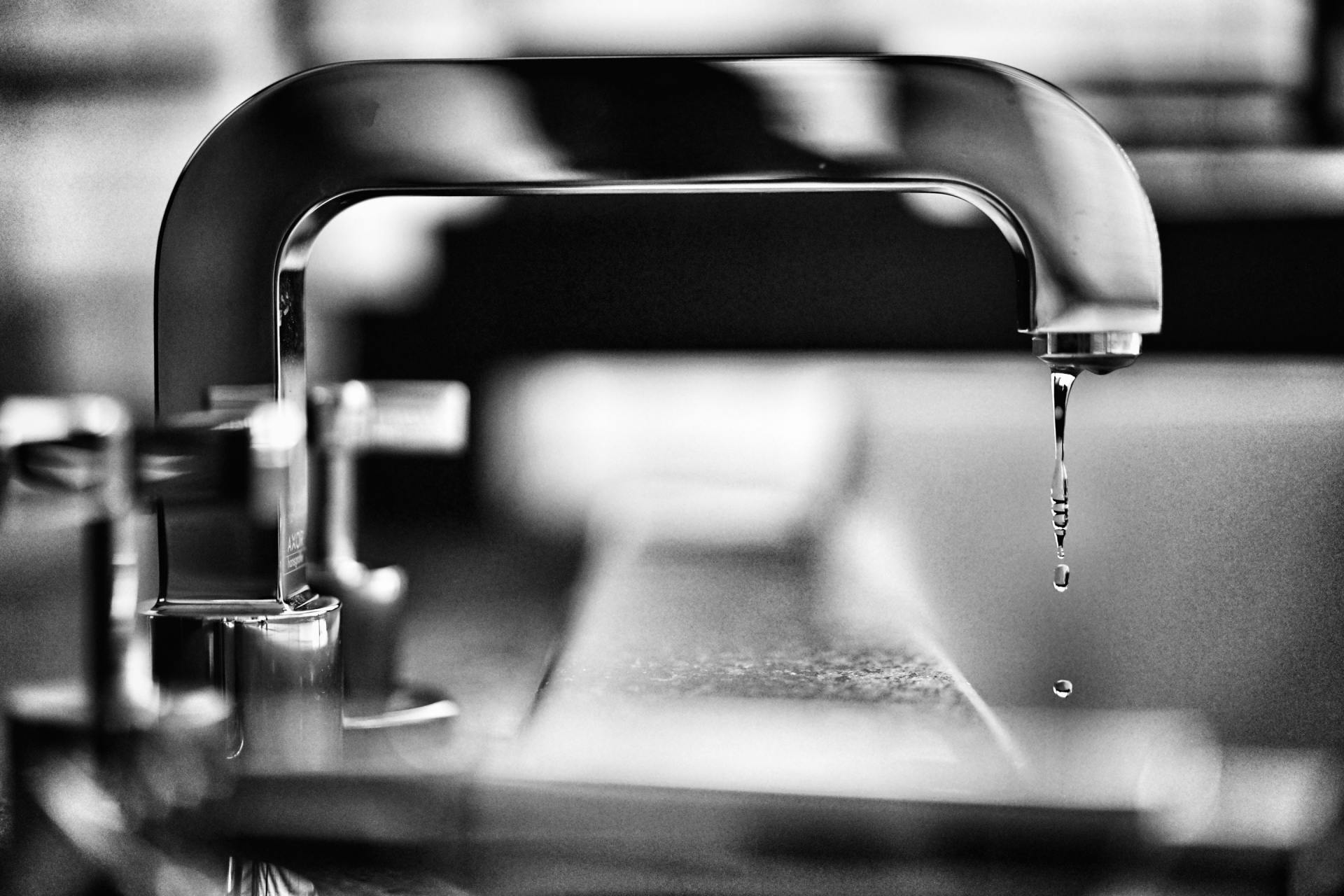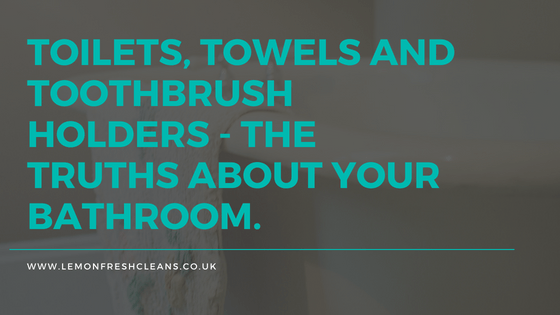An insight into the potentially lethal bacteria based inside bath toys and your bathroom.
Did you know that the most bacteria riddled room in your home is the bathroom?
There are a number of reasons for this and as Lisa Neu reports in her article, ‘Ugly ducklings—the dark side of plastic materials in contact with potable water’, bathrooms are ‘known to promote biofilm formation and growth due to moderately high temperatures and increased humidity’. In simple terms,
that
means the bathroom is a breeding ground for bacteria which can cause nasty illnesses and infections.
Surprisingly, the toilet is the least of your worries. The fact that the floor is a farm for the festering of bacteria and that bacterial growth runs riot in ‘basins’ and ‘drains’ should of course, be a concern, but more on that in next week’s blog post (Neu:2018). If you hadn’t guessed from the title, or the disgusting rubber duck in the above picture, the focus of this post will be bath toys and the potential dangers they pose to babies.
Why are bath toys such a breeding ground for bacteria?
Bath toys are a family favourite when it comes to bath time and keeping babies, toddlers and children occupied long enough for you to ensure they are sufficiently washed for nursery the next day.
However, your bath, bath water and the bath toys which your babies play with are the biggest culprits of carrying communities of bacteria and here’s why.
-
The flexible plastic used to make bath toys - plastics are long chains of carbon atoms combined with other elements. As time passes, the carbon which is locked into the material breaks down and forms small, soluble molecules. These act as a food source for bacteria and therefore encourage ‘unwanted biofilm formation and growth’ (a biofilm is basically a layer which plays host to bacteria)(Neu:2018).
-
The chemical levels in tap water - the microorganisms in our tap water and the effect they have on us and our immune systems differ ‘substantially between different locations’ (Neu:2018). In hard water regions (such as Surrey and the south) water treating chemicals are used in an aim to cleanse the water, which again encourages bacteria growth in your bath.
-
The body and bath cleanliness - Usually when you or your little ones get in the bath there’s a reason, you’re dirty! The combination of a dirty body AND a dirty bath will incubate bacteria further.
So, what do the scientists’ statistics say about the bacteria build up in bath toys?
The recent scientific study which was carried out by EAWAG (the Swiss Federal Institute for Aquatic Science and Technology) has attracted a mass of media attention from BBC news to The Times and This Morning, and as I’m sure you’ll soon agree - it’s kind of understandable why.
Levels of bacteria in bath toys, particularly those which were made of flexible plastic such as, rubber ducks were investigated and the resultant statistics were scary. The study concluded that the squeezable plastic pieces in particular, are an absolute harvest for bacteria.
Bacteria capable of causing infection or disease ‘were identified in 80% of all the toys studied’. This included traces of ‘Pseudomonas aeruginosa, the rod‑shaped bacterium often implicated in hospital-acquired infections’. Furthermore, ‘between 5 million and 75 million cells per square centimetre were observed on the inner surfaces’ of bath toys (EAWAG:2018).
Additionally, around 70% of bath toys in the study were found to have ‘areas of black discoloration (indicative of mold growth)’ and ‘fungal species’ were ‘identified in 11 out 19’ bath toys which had been exposed to dirty bath water. ‘In total, 80% of all studied bath toys’ presented proof of the presence of harmful bacteria and ultimately, there was ‘visible and dense biofilms [bacteria layers] inside all bath toys’ (Neu:2018). Pretty disgusting right?
Let me guess, you’re running to throw out your entire collection of bath toys now…
Well, what are the conclusions and control methods?
We are very aware bath toys are usually (and hopefully) just used by babies and ‘children, who are potentially sensitive and vulnerable’ individuals. The thought of them squirting water out of a rubber duck in 1) their general bodily direction or 2) face, is now not only slightly sickening but will also likely ‘result in eye, ear, wound or even gastrointestinal tract infections’ (Neu:2018).
Though there are available methods for cleansing bath toys such as: emptying of water, boiling and sterilising, the statistics are scary enough to question - is worth the risk?
Would cleaning both your bath and bathroom, on a more regular and thorough basis make bath toys at bath time a safer scenario for your babies?
Bibliography
EAWAG. (2018). The ugly ducklings: Biofilms in bath toys. Available: https://www.eawag.ch/en/news-agenda/news-portal/news-detail/news/die-haesslichen-bade-entchen/?tx_ne.... Last accessed 1st May 2018.
Grierson, J. (2018). Danger:A mucky rubber ducky is a haven, for bacteria a study says.Available: https://www.theguardian.com/society/2018/mar/28/danger-a-mucky-rubber-ducky-is-a-haven-for-bacteria-.... Last accessed 1st May 2018.
Neu, L, Banziger, C, Proctor, C.R, Zhang, Y, Liu, W, Hammes, F. (2018). Ugly ducklings - the dark side of plastic materials in contact with potable water. Available: https://www.nature.com/articles/s41522-018-0050-9. Last accessed 1st May 2018.
Science Daily. (2018). The ugly ducklings: Biofilms in bath toys.Available: https://www.sciencedaily.com/releases/2018/03/180327111404.htm. Last accessed 1st May 2018.
Westbrook, I. (2018). The dangers that lurk in your bathroom.Available: http://www.bbc.co.uk/news/health-43568018. Last accessed 1st May 2018.

